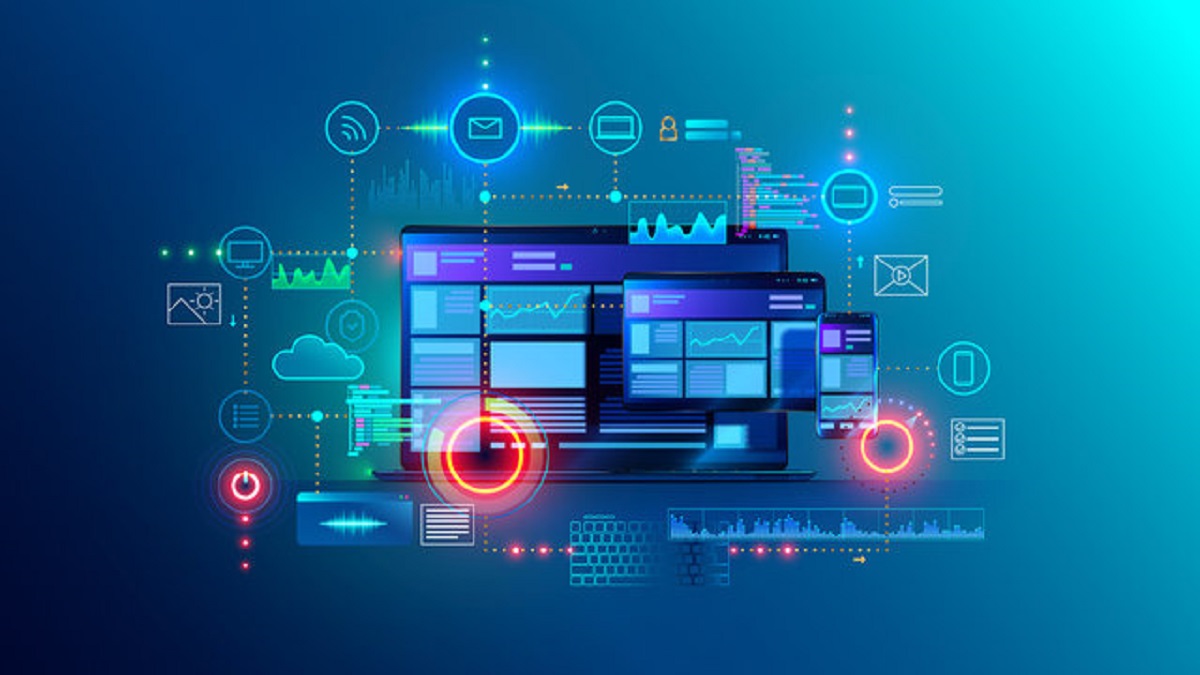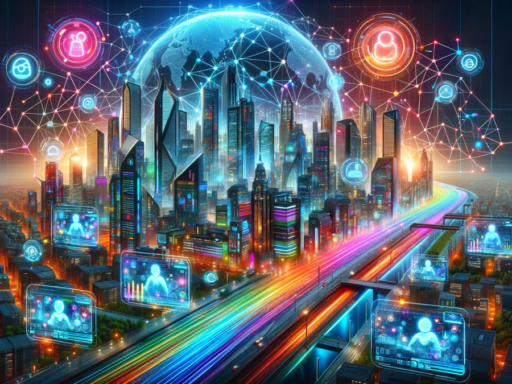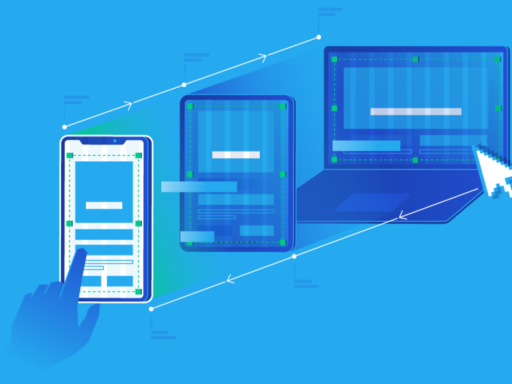As we navigate through 2024, the graphic design landscape is undergoing significant transformations. Driven by technological advancements, cultural shifts, and evolving user expectations, designers are exploring new styles and pushing creative boundaries. Here are the top graphic design trends to watch out for in 2024.
AI-Driven Design
Artificial Intelligence (AI) is not just a buzzword; it’s a transformative force in graphic design. AI tools can automate routine tasks, allowing designers to focus on creativity and strategy. Platforms like Adobe Sensei and Canva are integrating AI to offer features like automated layout suggestions, color palette generation, and even content-aware editing. AI-driven design also includes the use of algorithms to predict trends, analyze user behavior, and create personalized content, making the design process more efficient and intuitive.
Sustainable Design
Sustainability is no longer a niche concern; it has become a mainstream priority. In 2024, graphic designers are increasingly focusing on eco-friendly practices and materials. This trend includes using sustainable paper for print designs, minimizing waste through digital-first strategies, and promoting green initiatives through design. The visual language of sustainability often features earthy tones, natural textures, and organic shapes, emphasizing a connection to nature and environmental responsibility.
3D and Immersive Design
Three-dimensional (3D) design is gaining momentum, thanks to advancements in rendering technologies and virtual reality (VR). Designers are leveraging 3D elements to create more dynamic and engaging visuals, from hyper-realistic product renders to abstract, futuristic compositions. Immersive design extends to VR and augmented reality (AR), where interactive experiences are becoming more common. This trend enhances user engagement by allowing audiences to interact with designs in new and exciting ways.
Minimalism with a Twist
Minimalism continues to be a dominant trend, but with a fresh twist. In 2024, minimalist design is characterized by bold typography, striking color contrasts, and the strategic use of white space. The “less is more” philosophy remains, but designers are incorporating unexpected elements like oversized fonts, geometric patterns, and asymmetrical layouts to create visual interest and break the monotony of traditional minimalism.
Retro Futurism
Retro futurism blends nostalgic elements with futuristic aesthetics, creating a unique and compelling visual style. This trend draws inspiration from the sci-fi visions of the past, combining neon colors, chrome finishes, and vintage typography. It evokes a sense of nostalgia while simultaneously looking forward, making it ideal for brands aiming to capture the imagination of diverse audiences.
Hand-Drawn Illustrations and Typography
In an increasingly digital world, there’s a growing appreciation for the human touch. Hand-drawn illustrations and typography bring warmth, personality, and authenticity to designs. These elements are perfect for brands seeking to convey a personal, approachable image. The imperfections and quirks of hand-drawn designs add character and stand out in a sea of polished digital graphics.
Inclusive and Accessible Design
Inclusivity and accessibility are essential considerations for modern graphic designers. In 2024, there is a heightened focus on creating designs that are accessible to everyone, regardless of their abilities. This includes using high-contrast color schemes, clear and legible fonts, and ensuring that digital content is screen reader-friendly. Inclusive design also means representing diverse cultures, genders, and body types in visual content, reflecting the rich diversity of global audiences.
Motion Graphics and Animated Logos
Static images are giving way to dynamic, animated visuals. Motion graphics and animated logos capture attention and convey information more effectively than static designs. This trend is particularly prevalent in social media, where short, engaging animations can significantly boost engagement. Animated logos add a modern touch to branding, making them memorable and impactful.
Data Visualization
With the explosion of data in the digital age, effective data visualization has become crucial. Designers are turning complex data sets into visually appealing and easily understandable graphics. This trend involves using interactive charts, infographics, and dashboards to present data in a compelling way. Effective data visualization not only informs but also engages viewers, making it a powerful tool for communication.
Neon Gradients and Metallics
Neon gradients and metallic finishes are making a comeback, adding vibrancy and sophistication to designs. Neon gradients create a sense of depth and movement, making visuals pop. Metallics, on the other hand, bring a touch of luxury and modernity. These elements are being used across various media, from digital interfaces to print materials, to create eye-catching and memorable designs.
The graphic design trends of 2024 reflect a blend of technological innovation, cultural awareness, and creative experimentation. From AI-driven design and sustainable practices to retro futurism and hand-drawn illustrations, these trends highlight the diverse directions in which the industry is heading. By embracing these trends, designers can create visually stunning and meaningful work that resonates with contemporary audiences. As we move forward, the key will be to balance creativity with functionality, ensuring that designs not only captivate but also communicate effectively.
Home Top Graphic Design Trends for 2024


By
June 7, 2024




